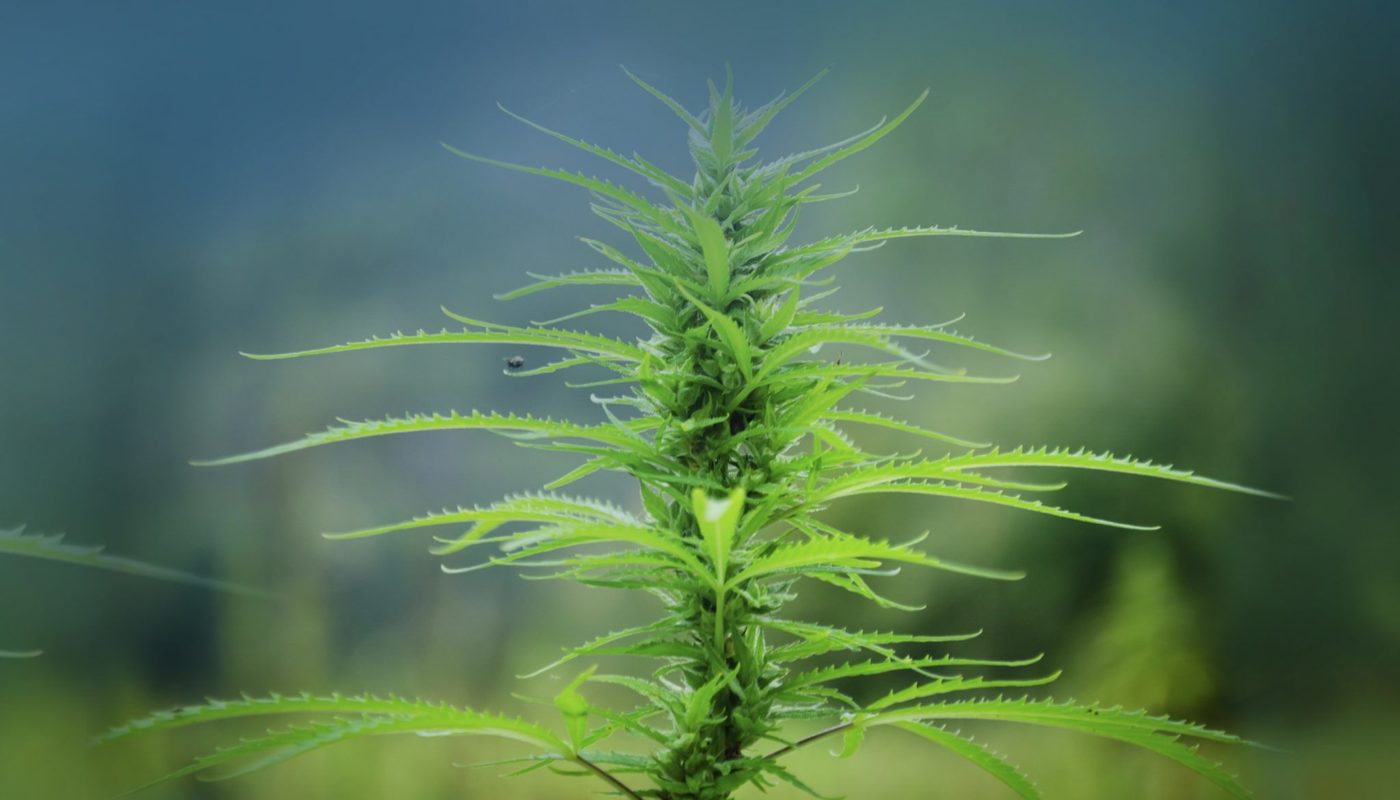Due to its unique and diverse environment, Colombia has become a very exciting place to grow weed. They’ve got snow-covered volcanoes, tropical beaches, deserts, grasslands, rainforests, and unique combos of most of those. It’s unlike anywhere else in the world, and this makes the plants there thrive in totally different ways.
So a new study sought out exactly how different these plants could get. Growers in the country donated 156 samples from 17 different places, and it was clear from the start how diverse the pool was. Even before chemical analysis, the colors and structures of the samples were all over the map.
“We observed that some inflorescences exhibited compact and densely structured forms, while others presented a more open and airy architecture. The color ranged from light and warm hues to dark and subdued shades,” the study says.
“The significant amount of usually uncommon terpenes suggests that Colombia’s environments may have unique capabilities that allow the plant to express these compounds.”
“Moreover, we found that varieties from South Central and Amazon regions exhibited much higher levels of CBDV, THCV, and CBGA compared to other regions. This diversity in cannabinoid profiles highlights the importance of considering regional variations in C. sativa cultivation and its potential implications for medical and recreational applications.”
So what’s the point of all this? Considering we’re still mainly trapped in a culture where marijuana is split into a binary of sativa and indica, it’s helpful to be reminded that, in just one relatively small region, the outcome and psychoactive effect of marijuana can vary greatly.
“The broad spectrum of colors, shapes, and aromas of the collected flower samples may not only reflect distinct genetic origins, but also individual adaptative responses to the diverse environmental conditions within their cultivation regions (altitude, humidity, precipitation, soil characteristics, intensity, and duration of sunlight exposure, among others).”
It’s a fascinating study, and would be interesting to see done in more regions across the world. It’s also a nice reminder that, just like all other plants existing on this planet, marijuana leaves open up into a galaxy of detail the more you dig.
Read the original article over at Marijuana Moment.
![]()
Post Views: 6











